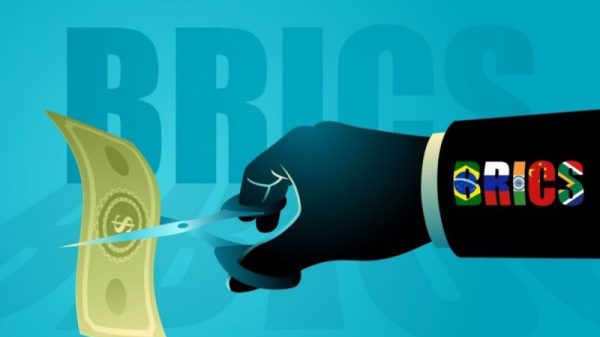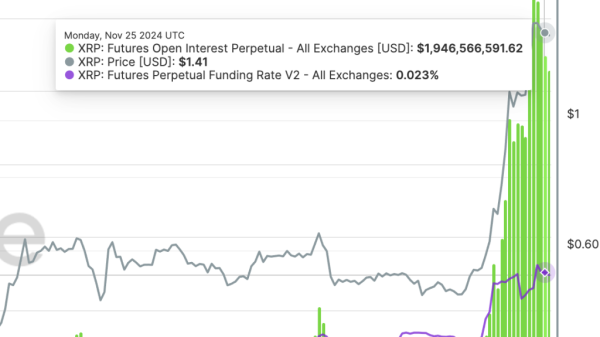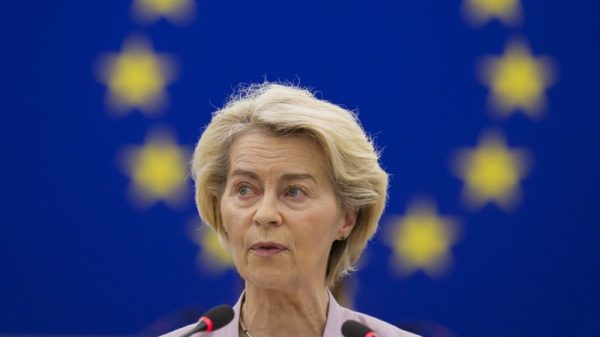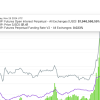In the global world economy, various currencies are used as a medium of exchange, and the U.S. dollar has long been recognized as the world’s primary reserve currency. However, recent actions of the BRICS countries (Brazil, Russia, India, China, and South Africa) indicate a potential shift in this pattern. The coalition is contemplating the introduction of a unified new currency to foster economic stability and market confidence. Considering the importance of the U.S. dollar as a global benchmark, this development has far-reaching repercussions.
The BRICS coalition’s new currency proposition emerges from their pressing need to cushion their economies against U.S. dollar fluctuations. The prevailing dollar dominance in international trade and financial transactions exposes BRICS economies to vulnerabilities. The oscillations of the greenback are tied to several factors, including interest rates, inflation, economic growth, and geopolitical stability of the United States. Consequently, changes in these factors affect the value of the U.S. dollar and invariably impact BRICS countries.
The creation of a unified currency could provide BRICS economies increased control over their economic stability. Each currency experiences fluctuations based on its individual national economic situation. By developing a collective currency, BRICS nations can pool their economic power to hedge against these fluctuations. Moreover, a unified currency could simplify trade between BRICS countries through eliminating the complexity of different exchange rates.
However, the introduction of a new BRICS currency will undoubtedly affect the U.S. dollar and its position in the global economy. Currently, the U.S. dollar is involved in about 85% of all foreign exchange transactions worldwide, according to the Bank of International Settlements. A new BRICS currency could challenge this supremacy. If the new currency manages to gain confidence and traction in international markets, it can lead to a decrease in the demand and, therefore, the value of the dollar.
Yet, the impact of this new currency on the U.S. dollar is likely to be tempered by certain realities. The economic disparities between the BRICS countries, their different political systems, and their varying levels of economic development all hinder the realization of a fully unified currency. Moreover, these factors may limit the adoption of the new currency outside of the BRICS coalition, reducing the new currency’s potential to challenge the U.S. dollar.
On the flip side, a declining role of the U.S. dollar could foster a more balanced global economy. The hegemony of the U.S. dollar has been a double-edged sword, contributing to both global financial stability and vulnerability to U.S. economic policy. A diversified currency reserve system might contribute to increased global stability by diluting the impact of U.S. economic policy and the dollar’s fluctuations on the rest of the world.
In conclusion, the prospect of a new BRICS currency presents a potential shift in the global landscape of reserve currencies. While this proposed currency comes with its share of complications and uncertainties, it underscores the evolution of our global economic system. Its impact on the U.S. dollar, although significant, is balanced by the potential benefits of a diversified reserve currency system. One thing is sure, with the changing dynamics of the global economy, the current status quo may not remain the same.






























